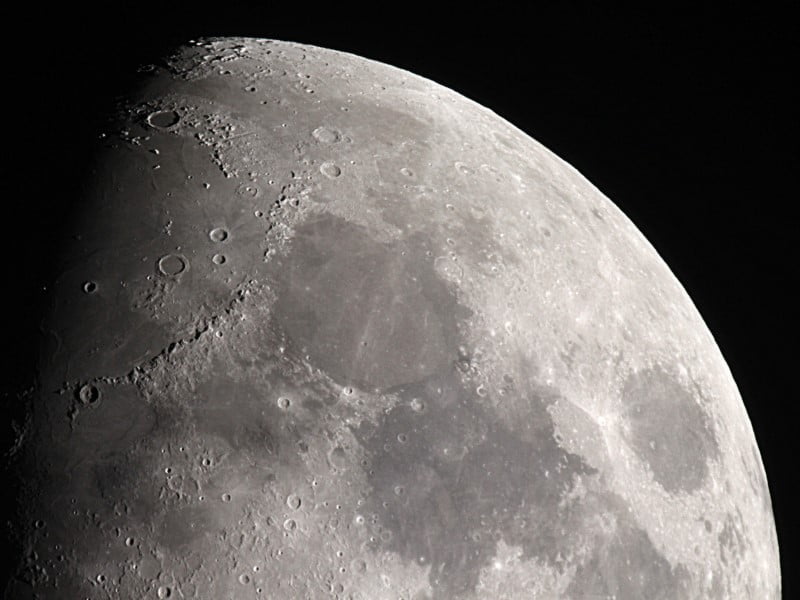Moon to Mars Initiative Demonstrator Mission Grants worth around $40 million have been awarded to 10 projects led by Australian businesses and universities that aim to support NASA’s return to landing astronauts on the moon.
The grants were awarded to projects led by six different Australian businesses and three different universities, with the Australian National University (ANU) receiving almost $11 million to fund two projects.
The Australian Space Agency expects the grants will leverage an additional $15 million in contributions from industry, academia, and state and territory governments.
Founded under the former Coalition government as part of its Australian Civil Space Strategy 2019-2028, the $150 million Moon to Mars initiative is a funding program to support Australian companies to participate in the US-led public-private exploration program of the same name.
This includes NASA’s Artemis Program to return astronauts to the moon by 2024.

The demonstrator mission grants worth up to $10 million could be awarded to projects at the final design and fabrication development phase or beyond. An estimated $41.5 million was initially estimated to be available through this round.
The largest demonstrator mission grant, worth $6.2 million was awarded to an ANU-led project working on laser stabilisation flight technology to support future Gravity Recovery and Climate Experimen (GRACE) missions, which seek to measure the variations in gravity over the Earth’s surface.
In collaboration with international partners and Australian radar firm CEA technologies, the project seeks to extend “the successful collaboration on the GRACE Follow-On mission” launched in 2018, as well as “unlock access to global markets in satellite and communications for Australian companies”.
AI robotics and navigation technology firm Advanced Navigation is receiving $5.2 million for Project LUNA (Laser measurement Unit for Navigational Aid). The technology will improve the safety and reliability of autonomous landing manoeuvres, according to the firm.
The technology will be demonstrated onboard United States-based Intuitive Machines’ Nova-C lander as it lands on the moon in 2024, delivering science payloads on behalf of NASA under its Commercial Lunar Payloads program.
South Australia-based Fleet Space Technologies is receiving $3.9 million to deploy a “miniature three component seismic station on the lunar surface to record continuous seismic data for up to 14-days”.
The seismic payload will be launched on board a commercial lander and collect information on the lunar surface to a depth of 1km.
Head of the Australian Space Agency Enrico Palermo said these investments will position Australian space companies to be part of future global space missions.
“These space projects will make a big impact, including to NASA’s Artemis Program. They will develop capability and experience in mission launch and space operation activities,” Mr Palermo said.
“The recipients cover many critical technology fields, such as helping to address global challenges like climate change, to enhancing sectors like agriculture, resources, transport and defence.”
The full list of grant recipients can be found here.
Do you know more? Contact James Riley via Email.

